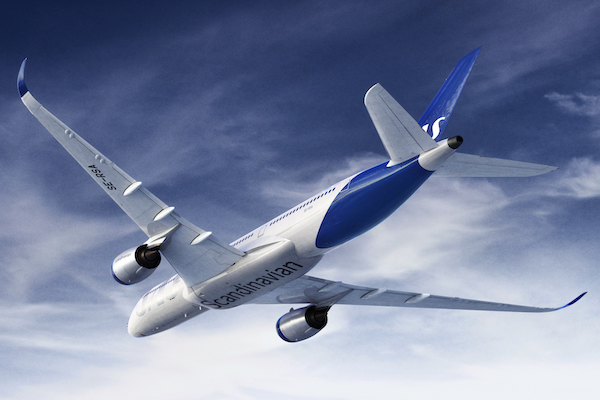SAS has reached a pivotal moment, gaining approval from a US bankruptcy court to conclude its Chapter 11 proceedings. This decision marks a significant stride in the airline’s restructuring plans and promises a path toward financial stability.
Following two years under bankruptcy protection, SAS is poised to emerge restructured and revitalised. The airline initiated Chapter 11 to address financial challenges exacerbated by industrial actions. Court consent paves the way for SAS to finalise its reorganisation, involving strategic investments and operational overhauls.
In a momentous development for SAS, the US Bankruptcy Court for the Southern District of New York has sanctioned the airline’s Chapter 11 reorganisation plan. This approval is not only pivotal but also strategic, facilitating SAS’s exit from financial constraints that have encumbered it since 2022. The court’s endorsement reflects overwhelming creditor support, being backed by over 99% of the vote.
Moreover, a $1.2 billion investment from a consortium, including industry giants like Air France-KLM and Castlelake, underscores the plan’s robustness. Integral to the strategy are revised aircraft lease agreements with 15 lessors, affecting 59 aircraft, thereby ensuring substantial cost savings.
Significant restructuring of the fleet was undertaken, demonstrating SAS’s commitment to financial prudence. The final aim was to ensure the airline’s emergence with a fortified capital structure, enabling enhanced competitiveness in the aviation sphere.
This financial bolster, coupled with rigorous cost-reduction strategies, is set to transform SAS into a leaner, more competitive airline. The emphasis on a robust equity structure is expected to enhance financial stability, ensuring longevity in operations.
Acknowledging lingering challenges, van der Werff remarked on the substantial progress made. He assured stakeholders that SAS is on track to maintain its industry prominence, harnessing strategic initiatives to leverage its market position.
Successfully navigating these regulatory hurdles will affirm SAS’s strategic foresight and operational resilience.
As SAS approaches the culmination of its Chapter 11 proceedings, optimism abounds regarding its future positioning. The airline is well-placed to re-enter the market as a fierce competitor, equipped with a stable equity framework and strategic operational enhancements.
Overall, SAS’s progression through Chapter 11 reflects a well-calibrated strategy centered on financial sustainability and operational proficiency. By securing substantive investments and creditor backing, the airline is poised to emerge robustly poised for future challenges.
With regulatory compliances on the horizon, SAS demonstrates a committed approach to leveraging its strengthened infrastructure for sustained industry leadership.

